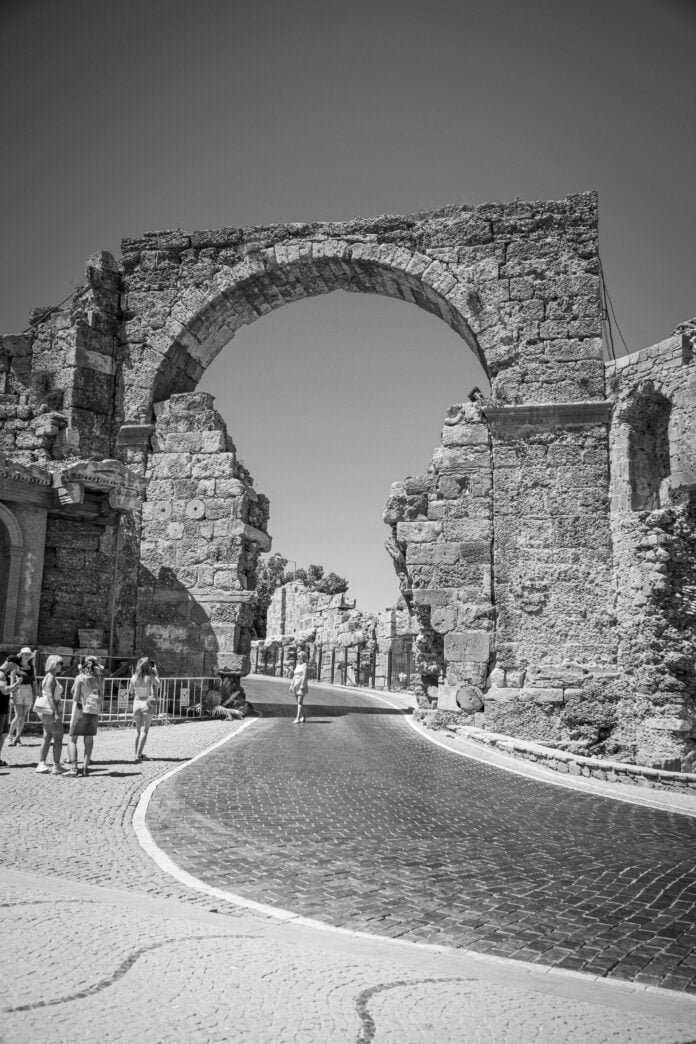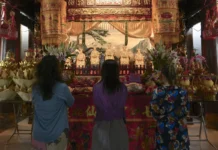
Beijing, the capital city of China, has a rich cultural heritage that spans over three millennia. It has served as the political, cultural, and economic center of China since the Yuan Dynasty, and has been the capital of several dynasties, including the Ming and Qing. Beijing’s cultural identity is shaped by its history, geography, and traditions, which have been preserved and evolved over the years.
History and Heritage
Beijing’s cultural identity is deeply rooted in its history and heritage. The city has been the center of Chinese civilization for centuries, and has been the site of numerous important events in Chinese history. It is home to many historical and cultural landmarks, such as the Forbidden City, the Temple of Heaven, and the Summer Palace, which reflect the city’s imperial past. These landmarks are not only important tourist attractions but also serve as symbols of Beijing’s cultural identity and its contribution to Chinese civilization.
Beijing’s cultural heritage is also reflected in its architecture, art, and literature. The city is famous for its traditional courtyard houses, known as Siheyuan, which are a blend of Chinese and Mongolian architecture. Beijing Opera, a traditional form of Chinese theater, is also an important part of the city’s cultural heritage. It is characterized by its elaborate costumes, makeup, and acrobatic movements, and has been designated as a UNESCO Intangible Cultural Heritage.
Geography
Beijing’s cultural identity is also shaped by its geography. The city is located in northern China and is surrounded by mountains, which provide a natural barrier against invaders. The city’s strategic location and defensive capabilities have made it an important political and cultural center throughout Chinese history.
Beijing’s geography has also influenced its cuisine. The city is famous for its Beijing Roast Duck, which is a traditional dish that has been served for centuries. The dish is made by roasting a duck until the skin is crispy and then slicing it into thin pieces. It is typically served with pancakes, scallions, and a sweet bean sauce.
Traditions
Beijing’s cultural identity is also shaped by its traditions, which have been passed down from generation to generation. These traditions include customs, festivals, and beliefs that reflect the city’s unique cultural heritage.
One of the most important traditions in Beijing is the Spring Festival, also known as the Chinese New Year. It is a time when families gather together to celebrate the new year and to honor their ancestors. The festival is celebrated with fireworks, dragon and lion dances, and the giving of red envelopes filled with money.
Another important tradition in Beijing is the Mid-Autumn Festival, which is also known as the Moon Festival. It is a time when families gather together to admire the full moon and to eat mooncakes, a traditional pastry filled with sweet bean paste or lotus seed paste.
Religion is also an important part of Beijing’s cultural identity. The city is home to many temples, mosques, and churches, which reflect the diversity of religious beliefs in China. The Temple of Heaven, for example, is a Taoist temple that was built in the 15th century and is a UNESCO World Heritage Site.
In conclusion, Beijing’s cultural identity is shaped by its history, geography, and traditions. Its imperial past, traditional architecture, and famous landmarks reflect its rich cultural heritage. Its strategic location, defensive capabilities, and famous cuisine reflect its unique geography. And its customs, festivals, and beliefs reflect the traditions that have been passed down from generation to generation. Beijing’s cultural identity is a testament to its enduring contribution to Chinese civilization and its importance as a center of cultural and political power.
Read More:


